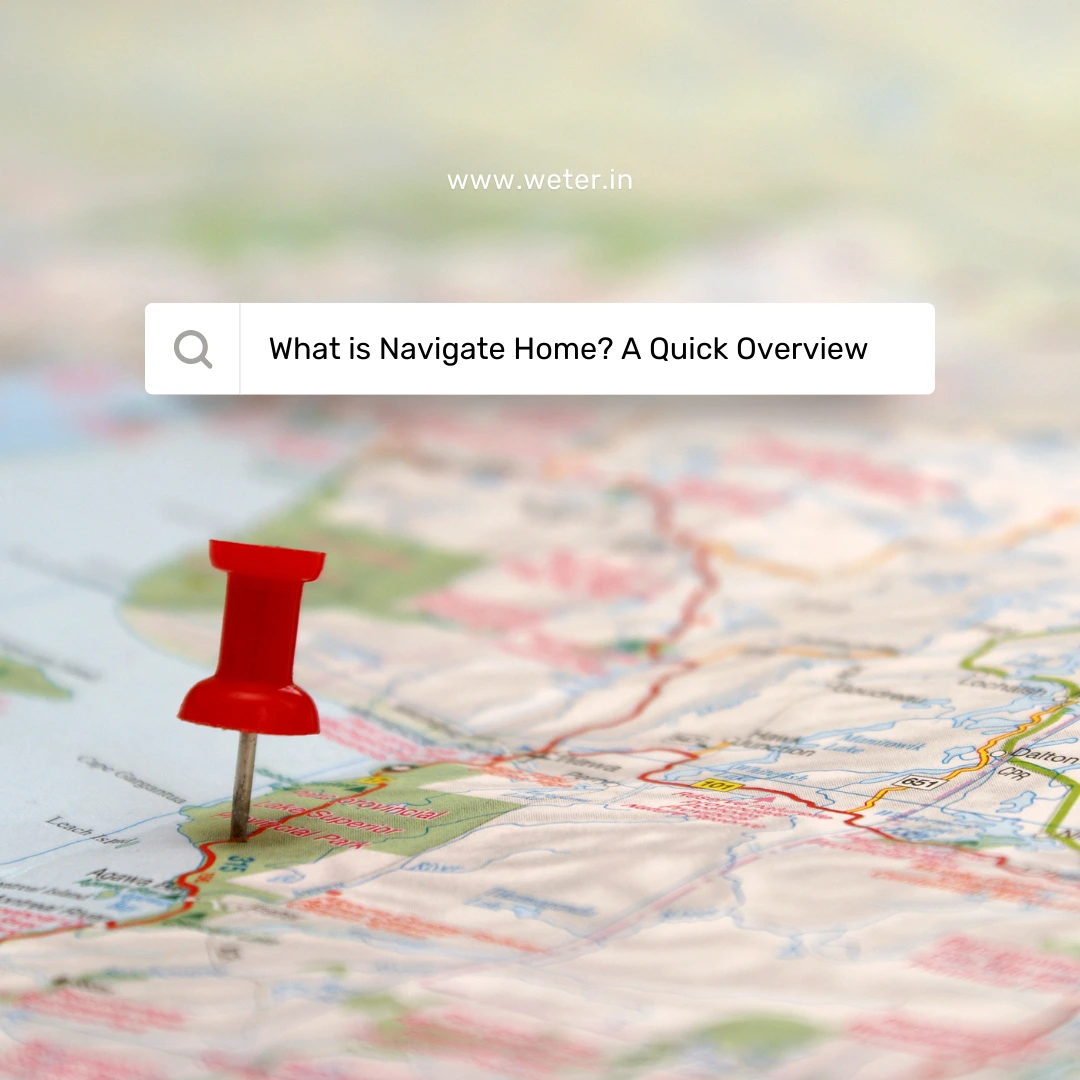🚗 “Navigate Home” in the physical sense refers to using navigation tools like Google Maps or Apple Maps to find the most efficient route back to your house.
🌐 In digital applications, it often refers to a feature that allows users to return to the main page (or “home” screen) of a website or an app. This could be a literal “Home” button, breadcrumb navigation, or even a voice command like “Navigate me home.”
Applications of “Navigate Home”
In GPS Systems
When using navigation apps, the “Navigate Home” feature helps users find their way back home with just a tap or voice command.
- Key Features:
- Shortcuts for setting your home location.
- Real-time traffic updates.
- Alternative routes in case of road closures.
- Integration with smart assistants like Siri and Google Assistant.
Example: Say “Navigate to home” to your smartphone, and it instantly shows you the fastest route.
On Websites and Apps
In digital design, “Navigate Home” refers to ensuring users can easily return to the homepage or main screen of a website or app.
🔑 Key Elements for Easy Navigation:
- Home Button: A clearly visible button/icon (🏠) to take users back.
- Breadcrumb Navigation: A trail of links showing the user’s path.
- Responsive Design: Ensures usability on both desktop and mobile devices.
💡 Tip for Developers: Use consistent placement of the home button to enhance user experience.
In Voice Assistants
Voice assistants like Alexa, Siri, and Google Assistant have revolutionized how we interact with technology. Using commands like “Navigate me home” or “Navigate to home depot,” users can access quick and accurate navigation options.
Advantages:
- Hands-free usage while driving.
- Voice-guided step-by-step instructions.
- Compatibility with smart home devices for seamless experiences.
How to Use “Navigate Home” Features
1. Setting Up Your Home Location on GPS
Most GPS apps allow you to predefine your home location. Here’s how:
- Open your preferred navigation app (e.g., Google Maps).
- Go to “Saved Locations” or a similar menu.
- Add your home address.
- Use voice commands like “Navigate to at home” for easy access.
2. Using Digital Home Buttons on Websites
- Always look for the 🏠 icon in the navigation bar.
- Use keyboard shortcuts if supported (e.g., Alt + Home).
3. Leveraging Voice Assistants
- For Google Assistant: “Hey Google, navigate me home.”
- For Siri: “Hey Siri, navigate my home.”
- For Alexa: “Alexa, navigate to home depot.”
Best Practices for Designing “Navigate Home”
📌 For Physical Navigation Systems:
- Ensure up-to-date mapping and traffic data.
- Provide options for customizing routes (e.g., avoiding tolls).
📌 For Digital Applications:
- Place the home button at a prominent location.
- Use icons and emojis to make navigation intuitive (🏠 for home).
- Test the feature across devices for seamless functionality.
Frequently Asked Questions
1. How do I enable the “Navigate Home” feature on Google Maps?
- Open Google Maps → Go to “Saved Places” → Add your home address → Use voice or tap commands for quick navigation.
2. What is breadcrumb navigation?
Breadcrumbs are a type of secondary navigation that shows the user’s current location on a website. Example: Home > Blog > Article.
3. Can I use “Navigate Home” offline?
Yes, some GPS apps allow you to download maps and use them offline, but features like real-time traffic updates won’t work without an internet connection.
Flow Diagram: Navigate Home Functionality
[User Opens App/Website]
↓
[Clicks on Home Button or Uses Voice Command]
↓
[System Identifies Home Address or URL]
↓
[Guides User Back to Home]
